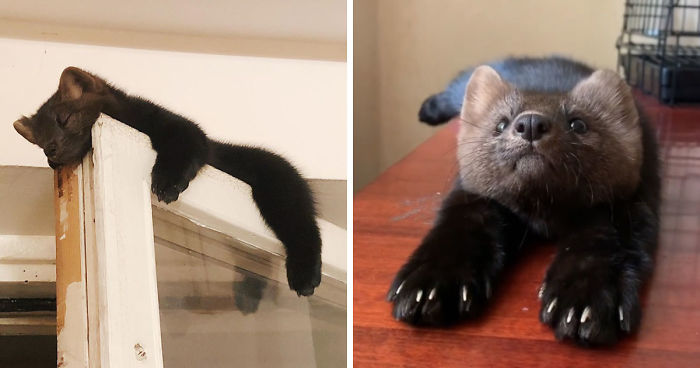
Woman Rescues This Sable From Becoming Someone’s Coat, Decides To Keep Her As A Pet Since She’s Not Fit To Live In The Wild
When Zhenya found a picture of a wild sable online, she instantly fell in love with it and decided to learn more about it. Turns out, the wild animal has one of the most expensive kinds of fur in the world. The bloody fur industry finds it superior to that of other animals due to its silky texture and range of colors from beige to black.
In Russia, the demand for sable fur is growing as it’s used to produce items such as bedspreads and even underwear. According to reports, there are around 70 farms in the country that raise and kill wild sable and other furry animals. And that was the destiny of the beautiful animal Zhenya saw on the internet; to die and become someone else’s commodity.
More info: Instagram
“Easy choice!”
Image credits: russian_sable
Image credits: russian_sable
Image credits: russian_sable
Determined to do her part in animal rescue, Zhenya set out to help the poor critter. “Eventually, I learned that there was an opportunity to buy her out from a fur farm,” the woman told Bored Panda. “She would have died there, so I decided to save the little fella.”
Image credits: russian_sable
Image credits: russian_sable
View this post on Instagram
Image credits: russian_sable
Now, the two are living together and enjoying life to the fullest. However, Zhenya worked really hard for her exotic pet. “Umora has a difficult personality. Living in the fur farm really took a toll on her, so she’s quite emotional, sometimes even a bit hysterical. Umora is also a really playful pet – she’s cheeky and likes to steal stuff. She’s very active and smart as well.”
Image credits: russian_sable
Image credits: russian_sable
All things considered, Zhenya even advises against keeping a sable as a pet. “One has to go through a lot before they can start living with it comfortably,” she said. “It requires a lot of time and patience. It might even take a couple of years for you to begin to fully enjoy your life with it.”
Image credits: russian_sable
Image credits: russian_sable
In the wild, sables inhabit dense forests dominated by spruce, pine, larch, cedar, and birch in both lowland and mountainous terrain. Their home territories range from 4 to 30 square kilometers (1.5 to 11.6 sq mi) in size, depending on local terrain and food availability. However, when resources become scarce, they may move considerable distances in search of a bite, from 6 to 12 kilometers (3.7 to 7.5 mi) per day.
Image credits: russian_sable
Image credits: russian_sable
Sables live in burrows near riverbanks and in the thickest corners of woods. They are good climbers of cliffs and trees and primarily hunt during the hours of twilight, but become more active in the day during the mating season.
Image credits: russian_sable
Image credits: russian_sable
Image credits: russian_sable
View this post on Instagram
Image credits: russian_sable
Image credits: russian_sable
Image credits: russian_sable
The only time I agree with people wearing animal skin or fur is if the WHOLE or majority of the animal is used ie for food, tools, clothing etc like what tribes do but not as a fashion statement and certainly not farming animals for their fur. It is despicable.
This and they should be housed and killed humanly! The biggest problem with the fur industry is the deplorable living conditions and the horrible, horrible way they are killed (often skinned alive and thrown on a big pile of dying mates to just bleed to death). If you give them a good life (as good as possible) and kill them quickly and painlessly, it's not worse than killing a cow or pig.
Load More Replies...I've never seen a sable before. What a gorgeous little creature. Should be an international ban on the production and sale of fur, under CITES laws.
Absolutely! They nearly p**s themselves for stuff like decades old guitars which were built from exotic woods (that weren't endangered then, or no one cared - anyway, they were built decades ago) and demand you having a lot of paperwork if you cross a border with one ... and don't ban fur. ... but, here we see a bit of double standard again: Which animal products are bad, which are good seems ot be based on the proportion of population using them ... while none of them really is justifyable under civilized conditions.
Load More Replies...Why does anyone wear fur is beyond me! We don't actually need it to get warm as there are so many many options to be warm without any real fur, and those fur coats don't even look good on people. They just look stupid IMO. So many other coats without fur that look amazing, why would you ever want fur? To show how rich you are?
I understand what you mean, and personally I think wool is an excellent option over synthetics and fur. But fur coats have greater longevity and (used to be) v good quality. The warmth from plasticky coats doesn't compare to fur. Plus, a lot of warm coats these days are made with goose down, which involves extreme cruelty to birds. And of course, coats made of synthetics are part of a polluting fashion industry and have disastrous effects on the environment and indirectly cause loss of species. I don't wear fur whatsoever, but I'm just pointing out it's not so black and white. The big issue for me is breeding these animals in captivity, in gross conditions, then killing them inhumanely. Not to mention the many species extinguished for this reason already. This is vile. With wool, nothing is harmed. If flocks are.maintained properly on native ground, you literally have the most environmentally friendly material I can think of to work with. And it is more versatile than fur.
Load More Replies...The only time I agree with people wearing animal skin or fur is if the WHOLE or majority of the animal is used ie for food, tools, clothing etc like what tribes do but not as a fashion statement and certainly not farming animals for their fur. It is despicable.
This and they should be housed and killed humanly! The biggest problem with the fur industry is the deplorable living conditions and the horrible, horrible way they are killed (often skinned alive and thrown on a big pile of dying mates to just bleed to death). If you give them a good life (as good as possible) and kill them quickly and painlessly, it's not worse than killing a cow or pig.
Load More Replies...I've never seen a sable before. What a gorgeous little creature. Should be an international ban on the production and sale of fur, under CITES laws.
Absolutely! They nearly p**s themselves for stuff like decades old guitars which were built from exotic woods (that weren't endangered then, or no one cared - anyway, they were built decades ago) and demand you having a lot of paperwork if you cross a border with one ... and don't ban fur. ... but, here we see a bit of double standard again: Which animal products are bad, which are good seems ot be based on the proportion of population using them ... while none of them really is justifyable under civilized conditions.
Load More Replies...Why does anyone wear fur is beyond me! We don't actually need it to get warm as there are so many many options to be warm without any real fur, and those fur coats don't even look good on people. They just look stupid IMO. So many other coats without fur that look amazing, why would you ever want fur? To show how rich you are?
I understand what you mean, and personally I think wool is an excellent option over synthetics and fur. But fur coats have greater longevity and (used to be) v good quality. The warmth from plasticky coats doesn't compare to fur. Plus, a lot of warm coats these days are made with goose down, which involves extreme cruelty to birds. And of course, coats made of synthetics are part of a polluting fashion industry and have disastrous effects on the environment and indirectly cause loss of species. I don't wear fur whatsoever, but I'm just pointing out it's not so black and white. The big issue for me is breeding these animals in captivity, in gross conditions, then killing them inhumanely. Not to mention the many species extinguished for this reason already. This is vile. With wool, nothing is harmed. If flocks are.maintained properly on native ground, you literally have the most environmentally friendly material I can think of to work with. And it is more versatile than fur.
Load More Replies...
 Dark Mode
Dark Mode 

 No fees, cancel anytime
No fees, cancel anytime 



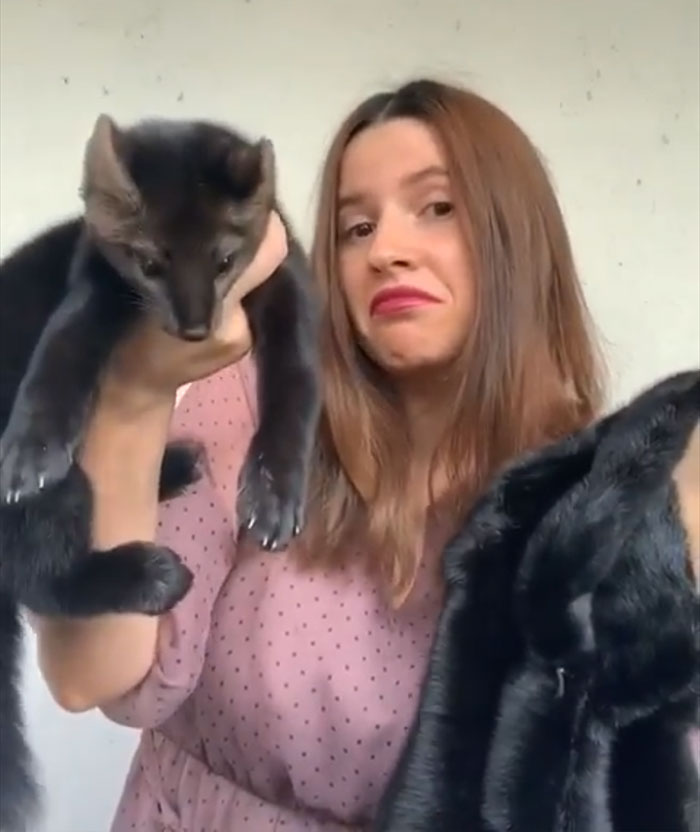
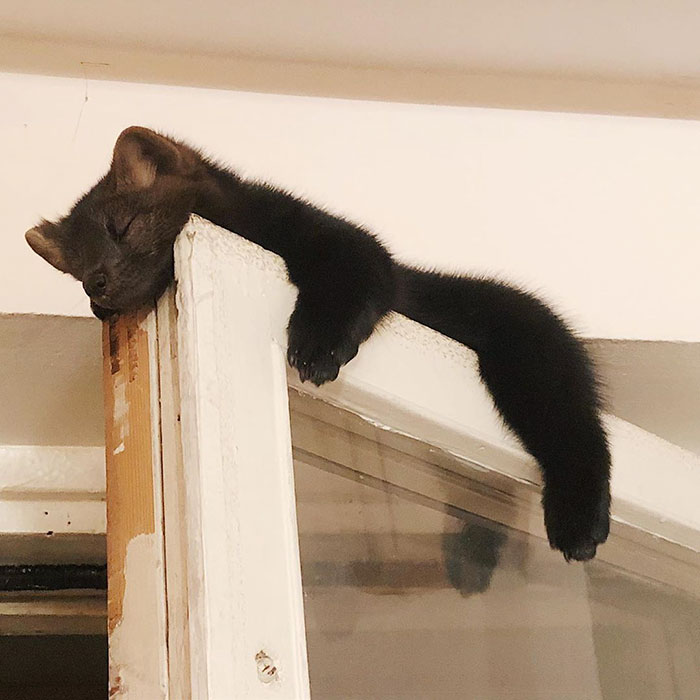
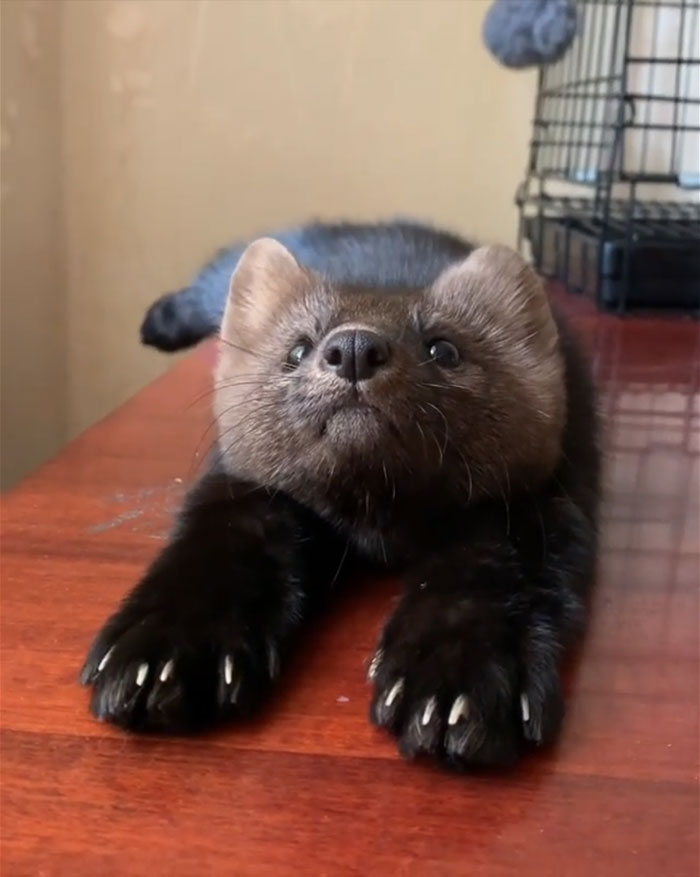
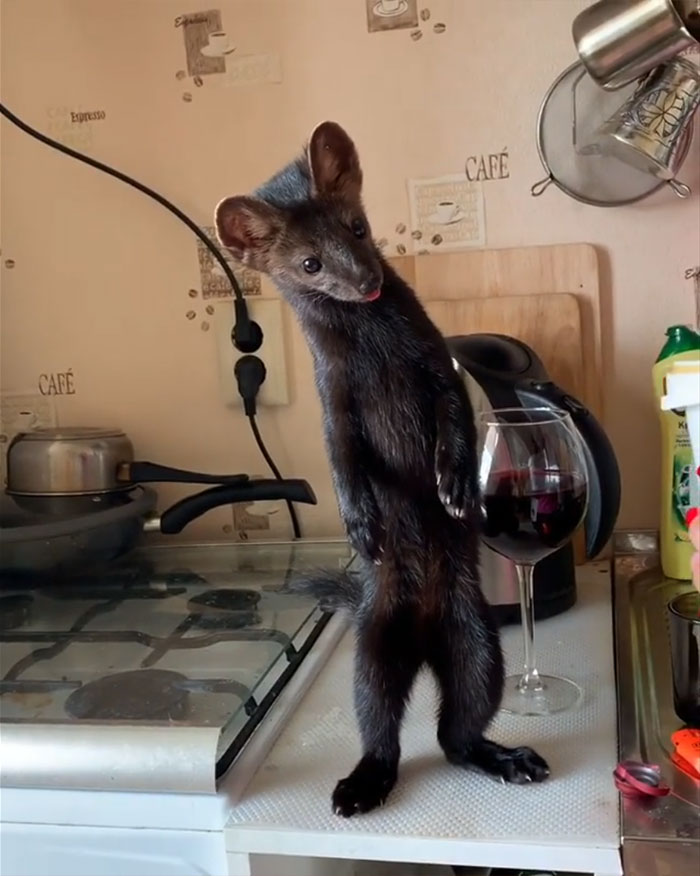
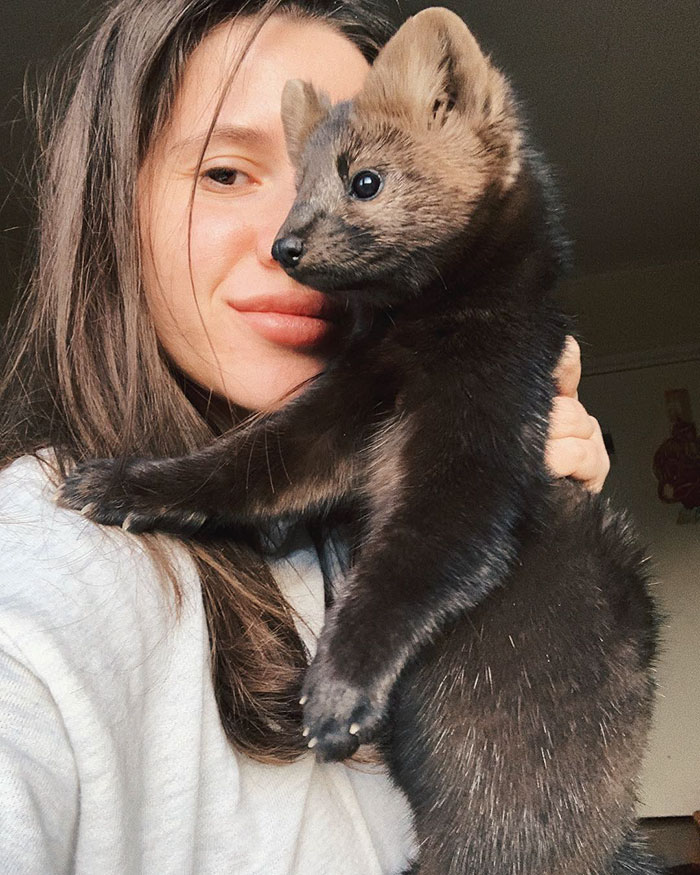
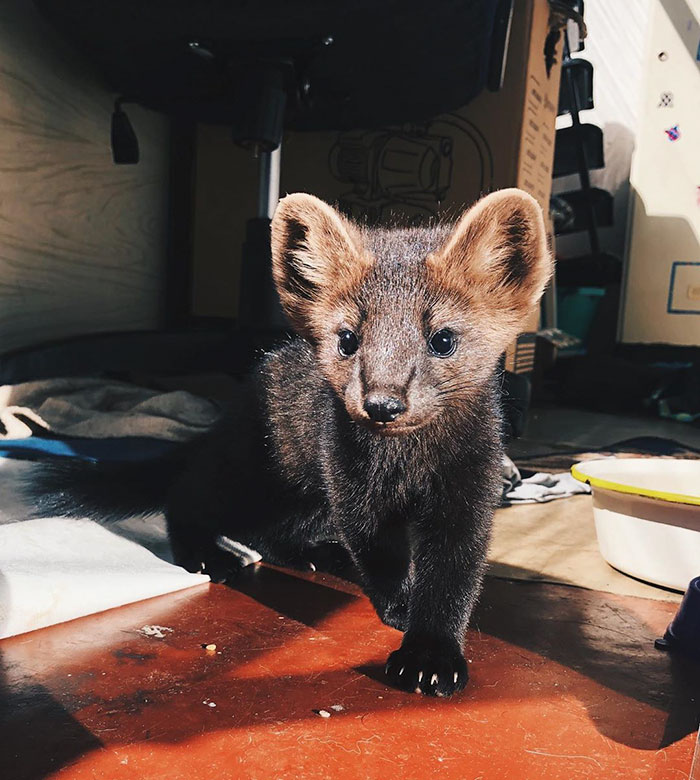
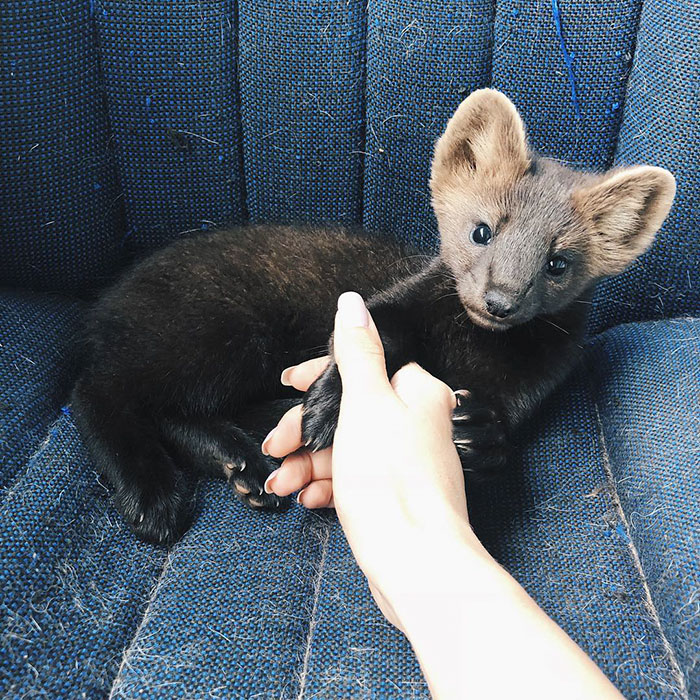
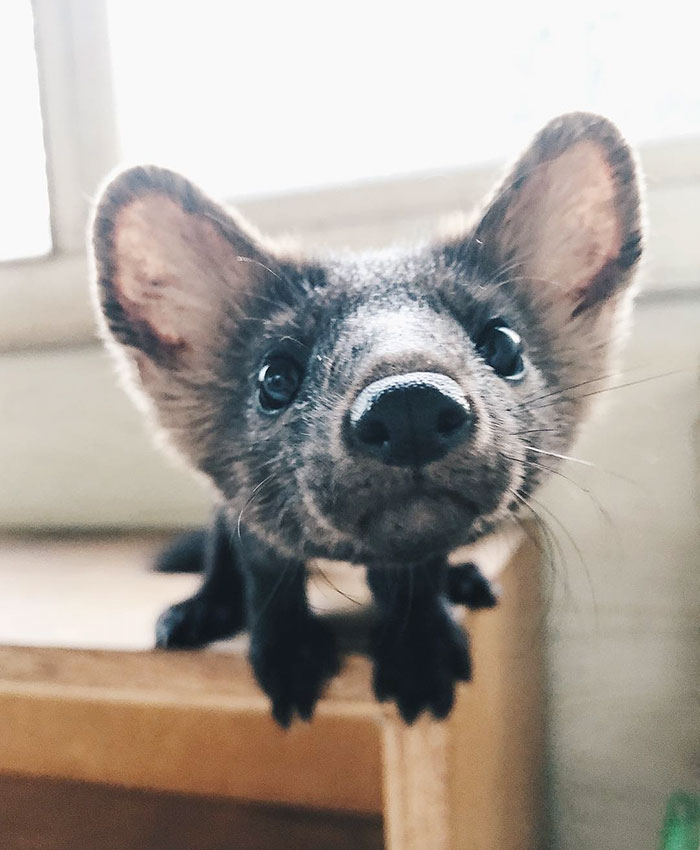
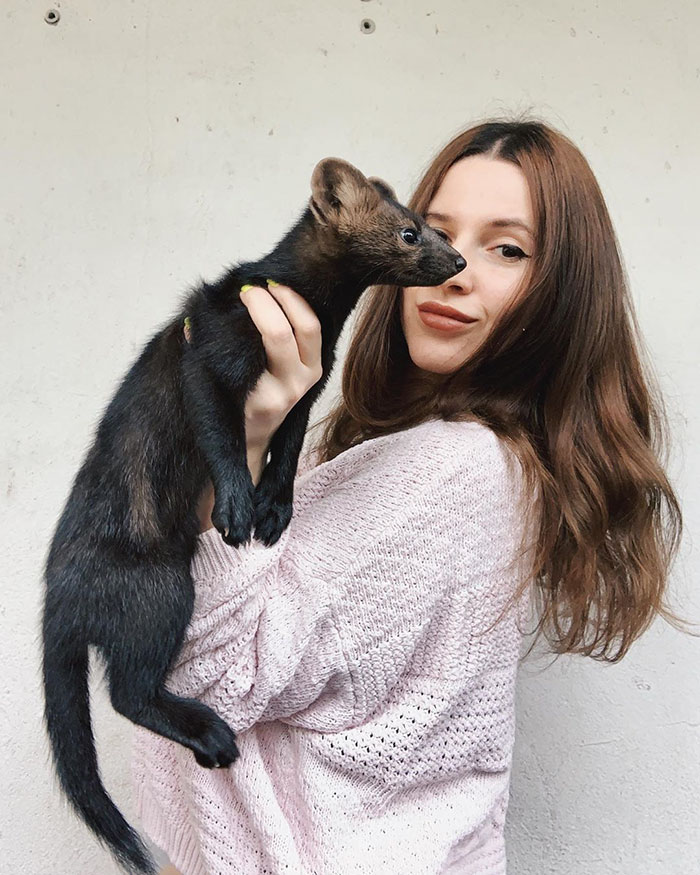
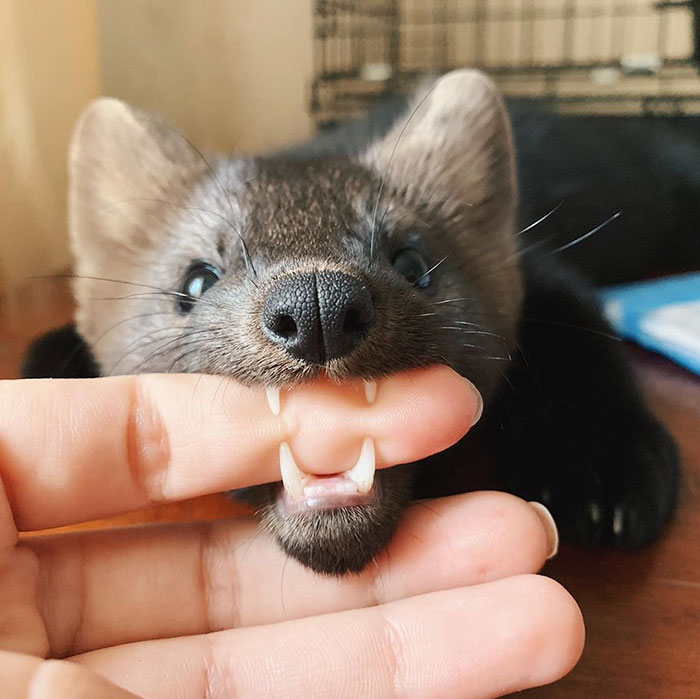

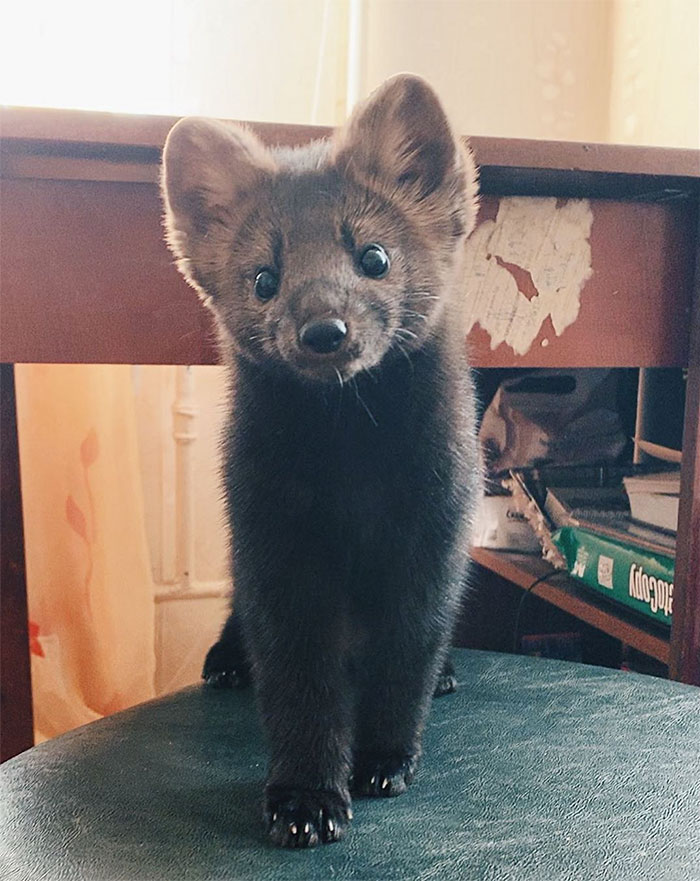
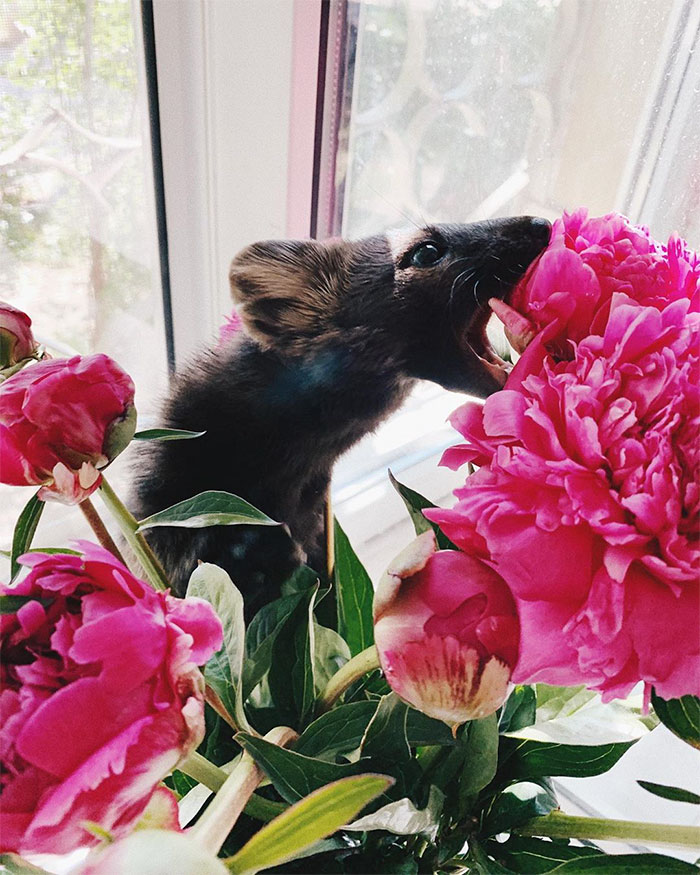
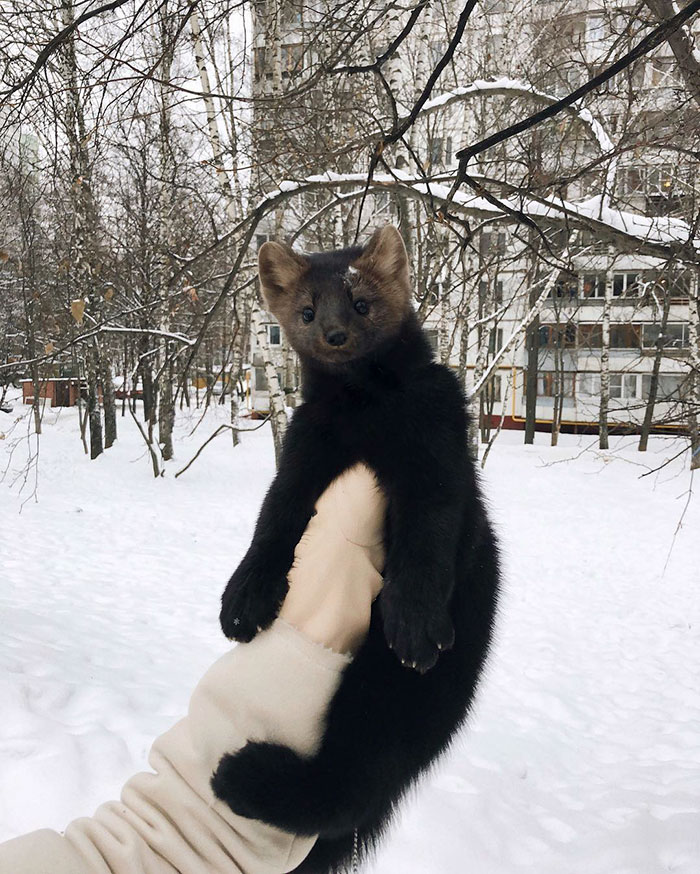
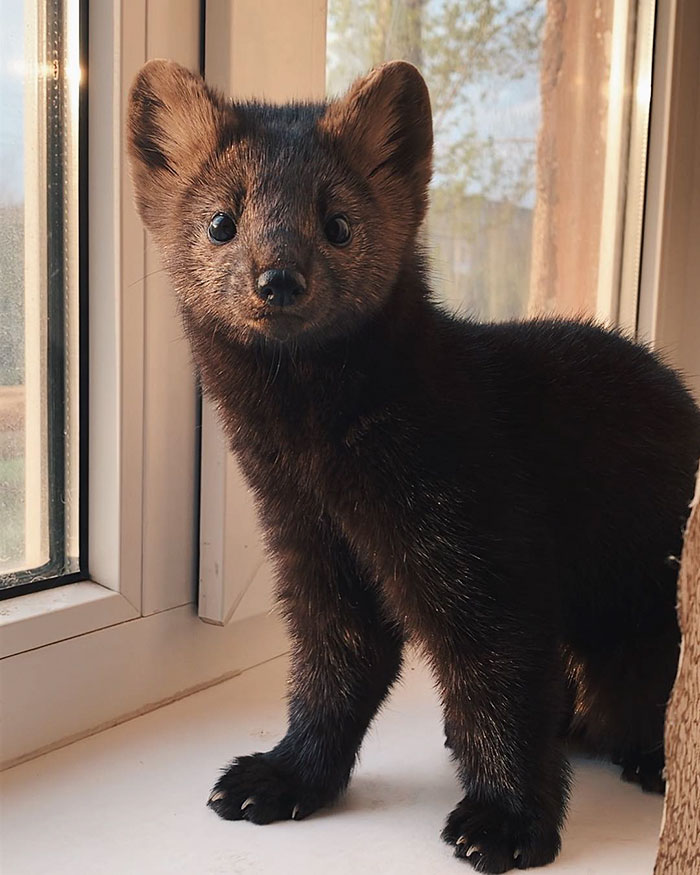
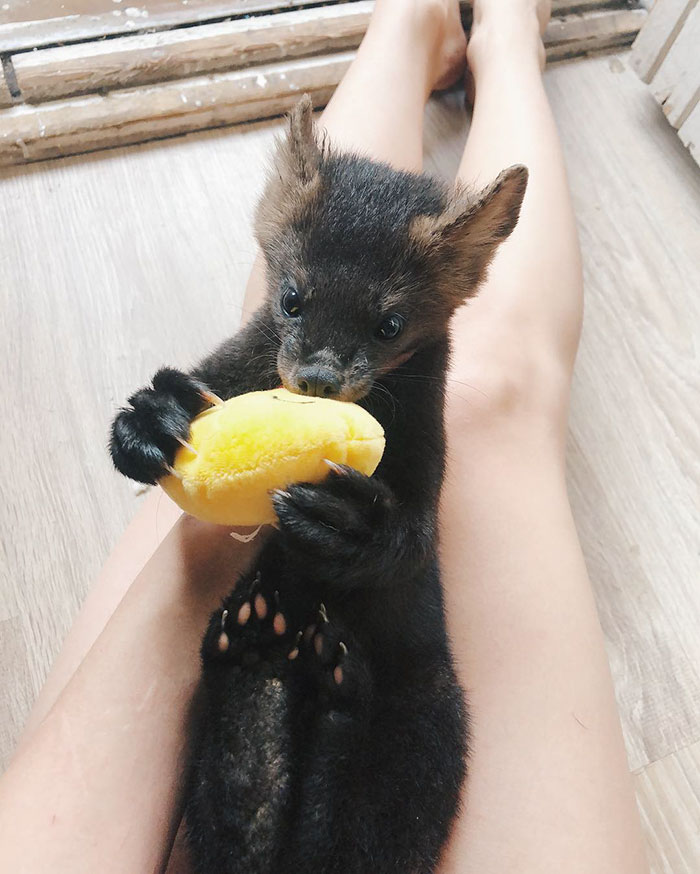
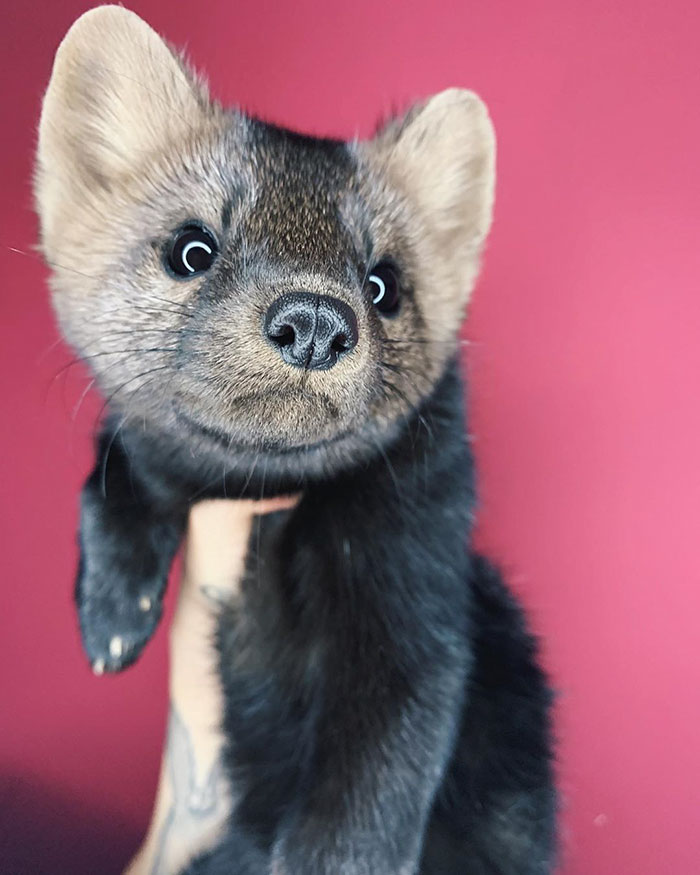
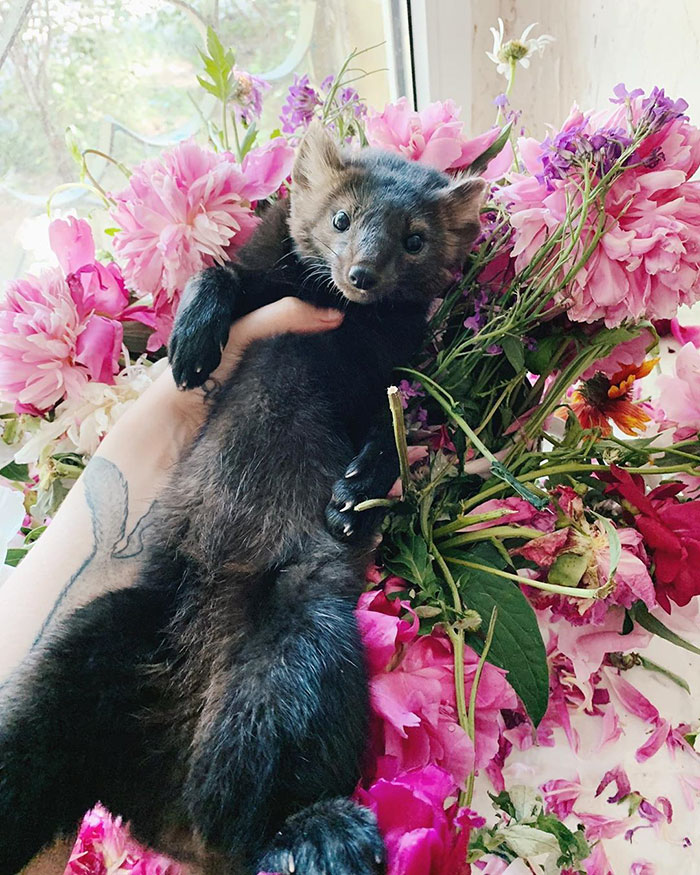






































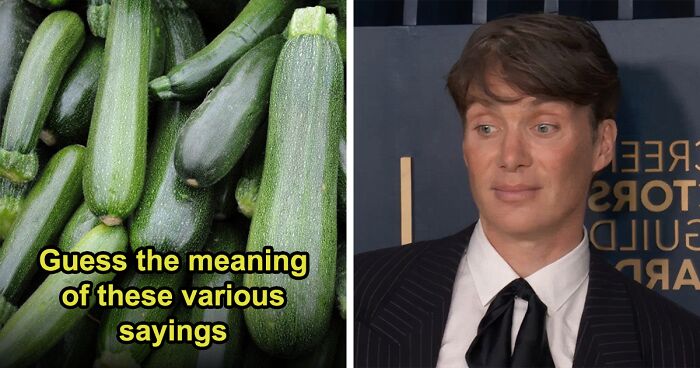





583
121